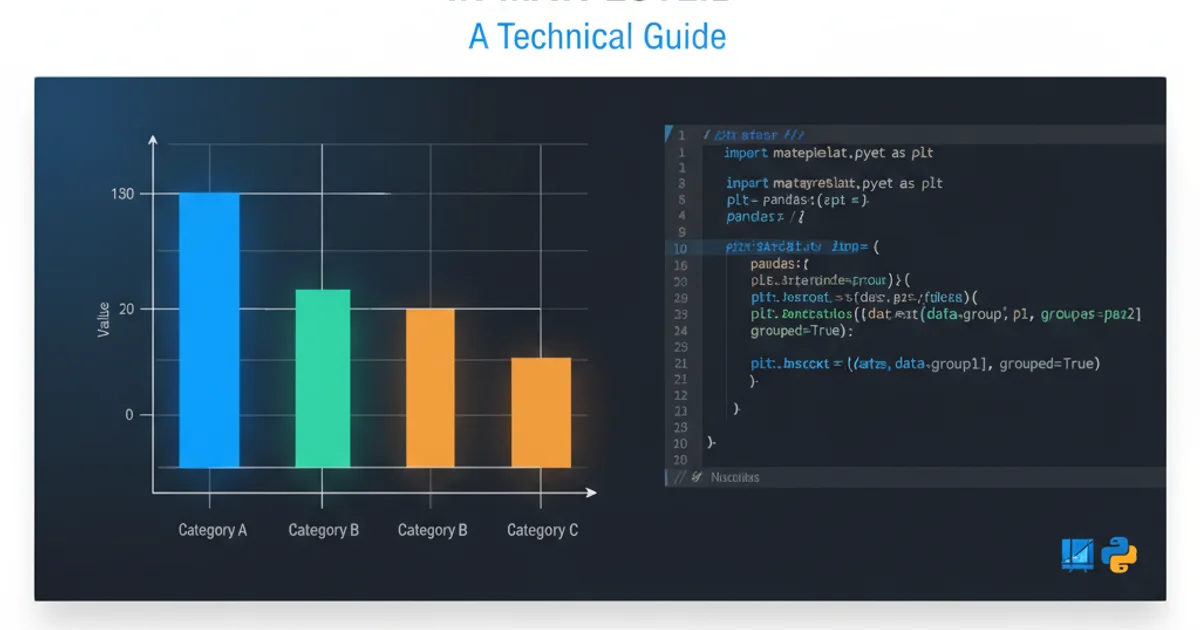Is it possible to have an image as legend of a fieldset?
Categories:
Using Images as Fieldset Legends in HTML: A Practical Guide

Explore the possibilities and limitations of using images as legends for HTML fieldsets, including CSS-based solutions and accessibility considerations.
HTML's <fieldset> and <legend> elements are crucial for grouping related form controls and providing an accessible caption for that group. While the <legend> element typically contains plain text, developers often wonder if it's possible to use an image directly within it to enhance visual appeal or convey meaning more effectively. This article delves into the feasibility of this approach, outlining common techniques and best practices.
Understanding the <legend> Element's Structure
The <legend> element is designed to provide a caption for its parent <fieldset>. According to HTML specifications, the <legend> element can contain phrasing content. Phrasing content includes elements like <span>, <em>, <strong>, <img>, and others. This means that, technically, you can place an <img> tag directly inside a <legend> element. However, the visual rendering and styling capabilities might not be as straightforward as one might hope, especially when considering cross-browser consistency and accessibility.
flowchart TD
A[Start] --> B{Can `<legend>` contain `<img>`?}
B -->|Yes| C[HTML Spec allows phrasing content]
C --> D{Is it visually ideal by default?}
D -->|No| E[Requires CSS for proper styling]
E --> F[Consider accessibility for screen readers]
F --> G[End]Flowchart illustrating the decision process for using images in <legend>.
Directly Embedding an Image in <legend>
The most direct approach is to simply place an <img> tag inside your <legend> element. While this works syntactically, the default styling of the <img> within the <legend> might not be what you expect. The image will appear inline with any text, and its positioning relative to the fieldset border can be awkward without additional CSS.
<fieldset>
<legend>
<img src="/path/to/icon.png" alt="User Information Icon" width="24" height="24">
User Information
</legend>
<!-- Form controls go here -->
</fieldset>
Basic HTML structure for embedding an image directly in a legend.
Styling Images in Legends with CSS
To achieve a more polished look, CSS is essential. You can style the <img> element within the <legend> to control its size, alignment, and spacing. You might also need to adjust the <legend> itself or even the <fieldset> to ensure the image integrates seamlessly with the border and overall layout. Common CSS properties used include vertical-align, margin, padding, and display.
fieldset {
border: 1px solid #ccc;
padding: 10px;
margin-bottom: 20px;
}
legend {
padding: 0 10px;
font-weight: bold;
color: #333;
}
legend img {
vertical-align: middle; /* Aligns image with text baseline */
margin-right: 8px; /* Adds space between image and text */
border: none; /* Remove any default image border */
}
/* Alternative: Position the image as a background */
/* This approach is generally less accessible for screen readers */
/*
legend {
padding-left: 30px; /* Make space for the background image */
background-image: url('/path/to/icon.png');
background-repeat: no-repeat;
background-position: 5px center;
background-size: 20px 20px;
}
*/
CSS to style an image embedded within a legend.
<legend>, always provide a meaningful alt attribute for the <img> tag. This is crucial for accessibility, as screen readers will announce the alt text, ensuring users who cannot see the image still understand its purpose.Accessibility Considerations
While visually appealing, using images in legends requires careful thought regarding accessibility. Screen readers typically announce the content of the <legend> element. If the image is purely decorative and its meaning is conveyed by surrounding text, an empty alt="" might be appropriate. However, if the image adds significant meaning, the alt text becomes vital. Avoid relying solely on an image to convey the legend's purpose, as some users may not perceive it.
background-image for legends if the image conveys essential information. Screen readers generally ignore background images, making the content inaccessible to users who rely on them. Stick to the <img> tag with proper alt text for meaningful images.